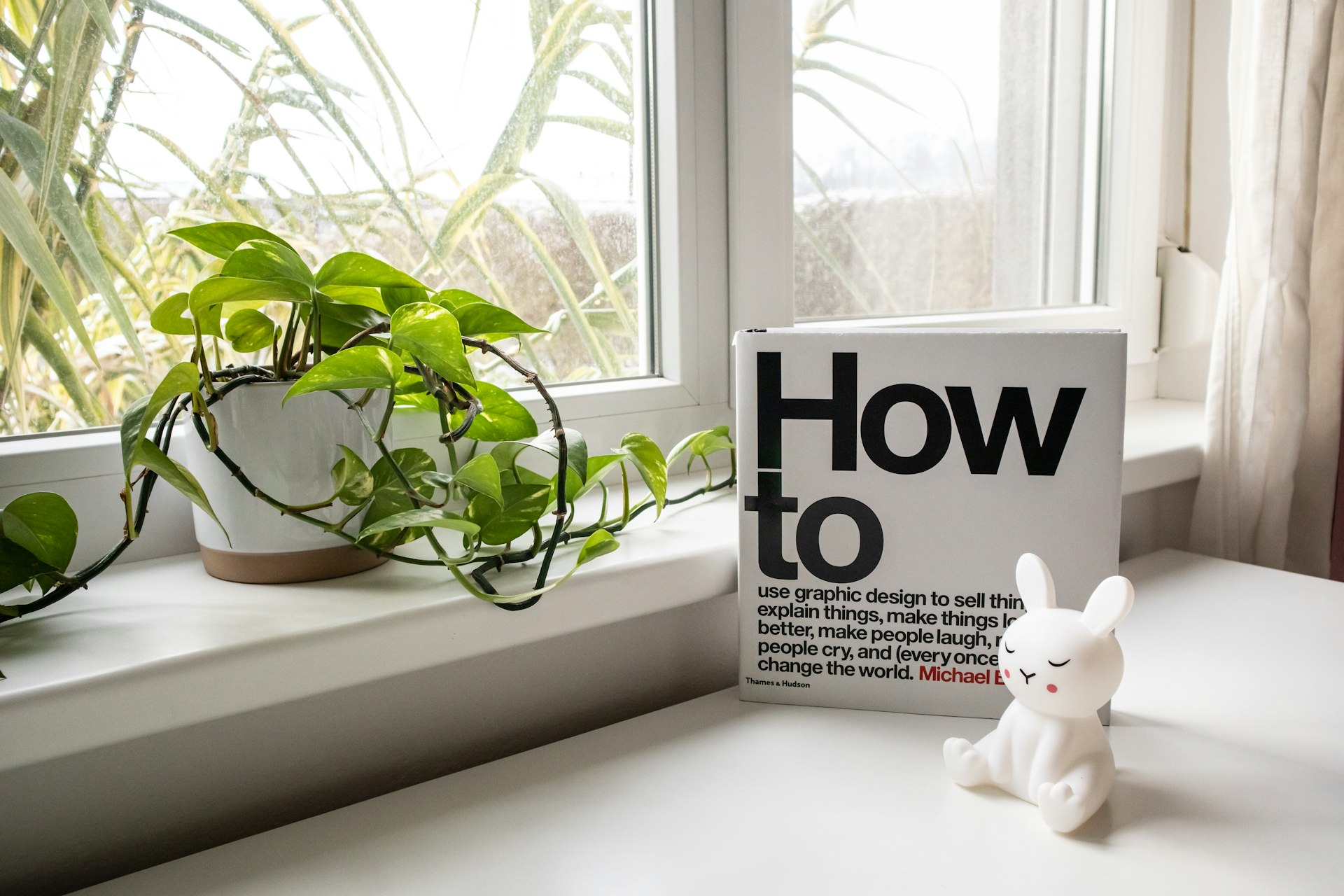Unlocking Opportunity in the Circular Fashion Economy: Sustainable Growth for Brands and Consumers

Photo by Mathias Reding on Unsplash
Introduction: Rethinking Fashion for a Sustainable Future
The fashion industry is undergoing a profound transformation as companies, consumers, and regulators confront the environmental and economic challenges of traditional apparel production. The circular fashion economy offers a systemic solution: instead of the linear ‘take-make-dispose’ model, it prioritizes keeping resources in use for as long as possible, extracting maximum value, and regenerating materials at the end of their lifecycle [1] . This approach is not just about better recycling-it’s a comprehensive rethink of design, production, consumption, and end-of-life strategies for clothing.
Understanding the Circular Fashion Economy
Circular fashion is based on several key principles:
- Design for Longevity: Garments are created to last longer, minimizing frequent replacements and waste [5] .
- Resource Efficiency: Brands use recycled or upcycled materials, reducing dependence on virgin resources that often carry price volatility and environmental costs [1] .
- Reuse and Recycle: Circular fashion promotes repair, rental, resale, and recycling services, extending the useful life of apparel [3] .
- Closed-Loop Systems: Products are designed to re-enter the economy as new materials or garments, minimizing landfill waste [5] .
Economic Benefits for Brands and Consumers
The circular fashion economy delivers diverse economic advantages for businesses and consumers alike. By embracing circularity, brands can:
- Reduce Material Costs: Using recycled and repurposed materials lowers production expenses and insulates brands from supply chain disruptions [1] .
- Unlock New Revenue Streams: Companies can profit from resale, rental, and repair services, diversifying income sources and enhancing resilience [1] .
- Enhance Brand Reputation: Adopting circular practices boosts brand image among increasingly sustainability-conscious consumers [2] .
- Drive Innovation: The need for durable, recyclable products spurs new design ideas and business models, giving companies a competitive edge [1] .
For consumers, circular fashion provides access to affordable pre-owned clothing, rental options, and repair services, supporting mindful consumption and financial savings [1] .
Real-World Examples of Circular Fashion Success
Leading brands are demonstrating the viability and profitability of circular fashion models:
- Patagonia’s Worn Wear program has resold over 120,000 repurposed items, extending garment lifecycles and building customer loyalty [3] .
- Eileen Fisher Renew focuses on upcycling and reselling pre-owned garments, encouraging reuse and reducing waste [3] .
- adidas Futurecraft Loop is a performance shoe designed to be remade at end-of-life, closing the loop on footwear [3] .
- Nudie Jeans offers trade-in programs for used clothing, promoting recycling and customer retention [4] .
These initiatives highlight how circularity can be implemented across product types, price points, and customer experiences.
How to Implement Circular Fashion Principles
Transitioning to a circular fashion economy requires strategic planning and practical action. The following steps can help brands and individuals participate effectively:
- Design for Durability and Recyclability: Use high-quality, modular, or easily repairable materials. Collaborate with sustainable suppliers and prioritize timeless aesthetics to encourage longer use [5] .
- Establish Take-Back and Repair Programs: Consider offering repair services or trade-in schemes to allow customers to return used garments for refurbishment or resale. Start by partnering with local tailors or launching pilot programs in select stores.
- Integrate Rental and Subscription Models: Explore clothing rental services or subscriptions, which can meet the needs of various demographics (from baby clothing to professional attire) and foster recurring revenue [4] .
- Promote Resale and Thrift Opportunities: Connect with online resale platforms or local thrift stores to recirculate pre-owned garments. According to the 2023 ThredUp Resale Report, the secondhand market could reach $350 billion by 2027 [4] .
- Educate Consumers: Foster awareness about the value of repair, reuse, and recycling. Provide guidance on garment care and options for sustainable disposal.
For consumers, you can participate by:
- Shopping at reputable secondhand stores or online resale platforms.
- Utilizing brand-offered repair or trade-in programs (search for your favorite brand’s sustainability initiatives online).
- Choosing rental or subscription services for occasional fashion needs.
- Learning basic garment care and repair skills to extend the life of your clothing.
When seeking circular fashion services, consider searching for terms like “fashion resale platform,” “clothing repair service,” “garment rental subscription,” or “brand take-back program” to find local or online options. For brand-specific programs, visit the official website or sustainability section of your preferred retailer for verified offerings.

Photo by a befendo on Unsplash
Challenges and Solutions in Circular Fashion Adoption
Despite its promise, circular fashion faces several challenges:
- Consumer Awareness: Many shoppers are unfamiliar with circular principles. Brands should invest in education and transparent communication.
- Product Design Complexity: Designing for recyclability and modularity may require new skills and technology. Partnerships with material innovators and open-source tools (as used by Houdini Sportswear) can accelerate progress [3] .
- Logistics and Infrastructure: Repair, resale, and recycling programs depend on robust logistics. Brands can start small and scale as demand grows, leveraging existing networks where possible.
Alternative approaches include joining collaborative platforms that pool resources, sharing best practices, or developing community-based clothing swaps and repair cafes.
Future Trends and Opportunities in Circular Fashion
The circular fashion economy is poised for growth, driven by consumer demand, regulatory pressure, and technological innovation. Brands that embrace circularity can expect more stable production costs, stronger brand loyalty, and access to expanding markets such as rentals and resale [1] . Meanwhile, consumers can benefit from affordable, sustainable fashion options and a growing array of services supporting mindful consumption.
Accessing Circular Fashion Services and Opportunities
To access circular fashion opportunities:
- Visit official brand websites and search for “sustainability” or “circular fashion” initiatives.
- Use trusted online resale platforms such as ThredUp, The RealReal, or Depop (verify each platform’s authenticity before use).
- Look for local repair shops, tailors, or community clothing swaps.
- For rental services, search for “clothing rental subscription” and review offerings from established brands (Patagonia, Eileen Fisher, etc.).
If uncertain about a specific service or program, start by searching for the brand name and “circular fashion” or “sustainability” to find official guidance. For industry-wide resources, professional associations like the Sustainable Apparel Coalition or the Ellen MacArthur Foundation offer educational materials and case studies (visit their official websites for verified information).
References
- [1] Sustainability Directory (2023). Economic Benefits of Circular Fashion.
- [2] Fibre2Fashion (2023). Business Benefits of Circular Fashion.
- [3] bluesign (2023). Circular Fashion: A Guide to Sustainable Style.
- [4] Infor (2023). Implementing Circular Fashion.
- [5] The Sustainable Fashion Forum (2023). What is Circular Fashion?



